How to Properly Steep Your Tea in the Best Teapot
TEATIME NOTES
Find tips, recipes, and articles to increase your delight and enjoyment of tea.
How to Properly Steep Your Tea in the Best Teapot
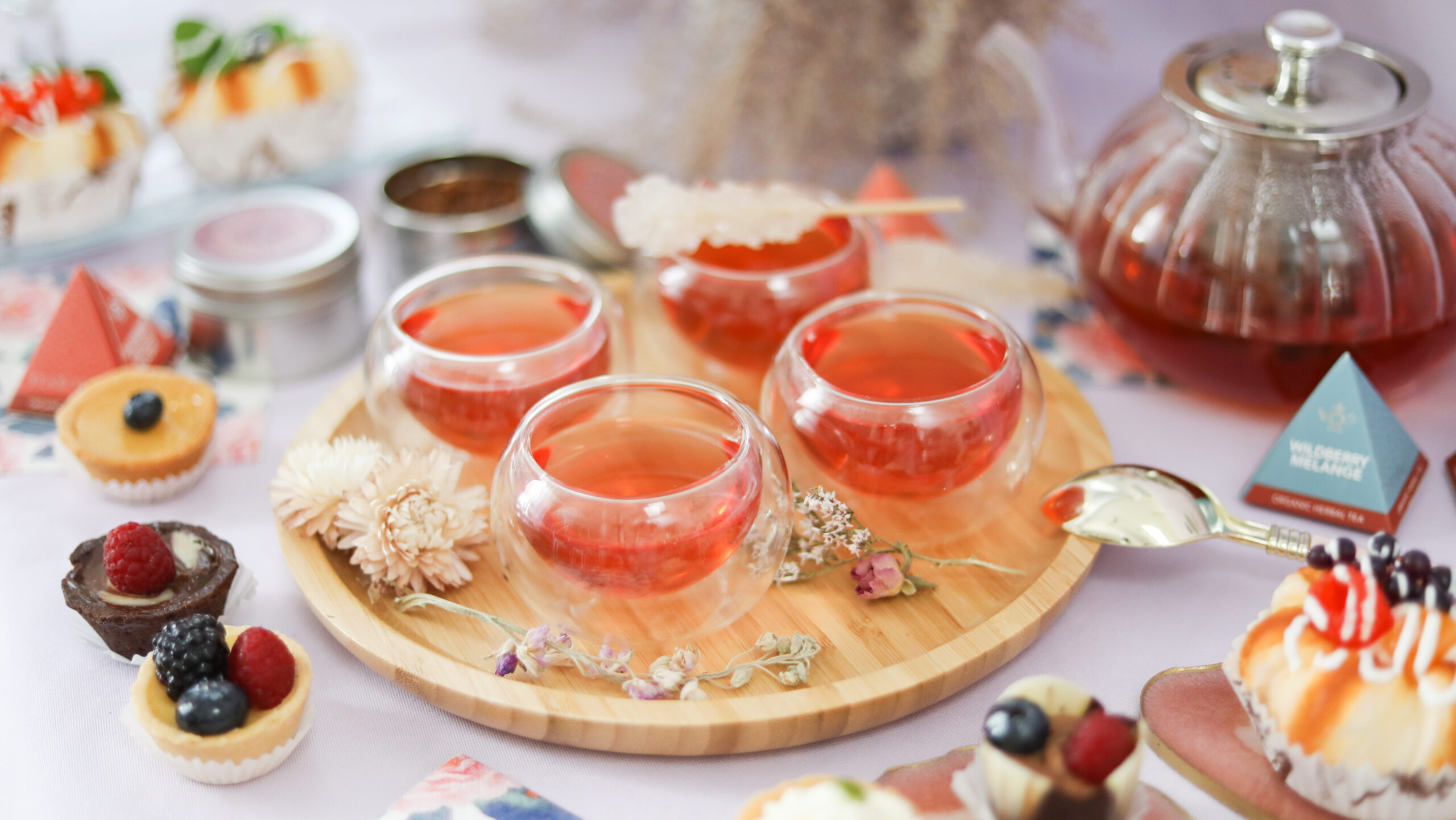
The Truth About Needing To Change Your Old Tea Habits
The teapot is a symbol of community, friendship, and conversation. For you, the teapot might be the focal point of your tea world. A nice soothing pot of freshly steeped tea is divinity on earth. And a beautiful teapot makes your experience feel a little more special and enjoyable.
Having the right kind of teapot can transform your afternoon tea time from something ordinary to something incredible. And knowing how to handle your teapot and how to steep tea properly also changes your tea experience entirely. Do you have the best teapot for what you need? And do you know how to use it properly? — Unfortunately, most people don’t!
The Invention of Clay and Porcelain Teapots
Tea has been around for thousands of years. But can you believe that the teapot is only 500 years old? This vessel wasn’t invented with tea in mind. In China, the design was used for thousands of years as a way to serve water and wine. It wasn’t until much later that these serving pots were used for tea.
In 1500 AD, Yixing teapots were crafted from reddish-purple clay. These individual teapots had a handle and a spout, like the teapots you use today. Because clay is porous and absorbs and holds in flavor, each small teapot was set aside for each particular kind of tea. This way, the flavor of each tea would stay as pure as possible.
The invention of porcelain in the Western world came about because of the teapot — and porcelain has been the primary material that’s used for creating teaware, today. Because this material is also porous, it needs to be sealed with a glaze — and this glaze has some seriously detrimental effects on your health.
The Concerns About Clay and Porcelain Teapots
Teapots are a relatively new invention that has been changed very little since their creation. Tea connoisseurs are finding that old habits and traditions might not outweigh the health concerns that revolve around classic porcelain and stoneware teapots. It’s important to know how your own teapot fits in the teatime equation.
Porcelain is widely used for teaware today, but the glazes used to seal porcelain can be toxic and even deadly. The porcelain itself isn’t a concern, but the glazes that seal them contain lead and cadmium. When the glaze comes into contact with hot foods and liquids, it can leach these toxins into your tea and the effects can be disastrous.
Lead and cadmium poisoning are huge health issues around the world — especially in the tea world. While there are regulations put in place to cut down on toxic glazes, there is also a lack of trust in the tea manufacturing world. Sometimes businesses don’t realize that their teaware is made with the lead-infused glaze — there are times when a toxic glaze is used without the business’s consent and it makes its way home to you.
The Cleanest and Purest Teapot
With all of the questions and concerns that center around porcelain teaware, it is best to stay away from it entirely. If you are worried about toxic elements leaching into your daily pot of tea, you can retire your old teaware and start a clean tea routine. You will want to explore the clean and non-porous material called borosilicate glass.
Borosilicate glass teaware is the future of the tea industry. This incredible material is used to make affordable, durable, and elegant teaware that keeps leaching toxins out of your tea. Not only will you appreciate the cleanliness of your tea routine, but you will enjoy a more pure and decadent flavor from your tea.
Borosilicate glass is also resilient to fluctuating temperatures. You can heat your new borosilicate glass teapot directly over the stovetop, and you can transfer it to the refrigerator without worries about it shattering. This glass is so flexible and durable that it is even used to store nuclear waste.
How to Use Your Borosilicate Glass Teapot
Making tea with a borosilicate glass teapot is easy and convenient. Because your borosilicate glass teaware is clear, you will be able to see every spot and blemish you might have missed while cleaning your teapot. In order to enjoy the full pure flavor of your tea, make sure to clean it out thoroughly after each use. Borosilicate glass is also incredibly easy to maintain and wash — unlike porcelain and metal teaware.
Heat Up Your Water
To make your tea, heat up water over the stove or in a tea kettle until it reaches the appropriate temperature. Every kind of tea — from black to green to white and herbal — must be steeped at precise temperatures. If you steep green tea with water that’s too hot, you will burn your tea and your tea will taste bitter. If you don’t steep your black tea at a high enough temperature, your tea leaves won’t release the full-fledged flavors they should — and you will miss out on the real taste of your tea.
Warm Up Your Teapot
After you have heated your water to the appropriate temperature, pour a dash of it into your teapot. Swish the water around the borosilicate glass teapot in order to warm up the vessel. After about 20 or 30 seconds, empty the water out of the teapot.
You want your teapot to be heated up to a warmer temperature. If you measure out your tea leaves and add your water to the teapot without pre-heating it, the temperature of your water will drop significantly when you add it to the teapot. If the water temperature drops, your tea leaves won’t steep properly, and you won’t be able to enjoy all the flavors you were meant to enjoy from your delicate tea leaves.
Measure Your Tea Leaves
Once your teapot is heated up and the water is poured out, measure the appropriate amount of tea leaves and drop them into the teapot. Allow them to unfurl in the steaming teapot for about 20 seconds. Pour your hot water into the teapot Allow your tea to steep for the appropriate or desired amount of time.
Strain Your Tea However You Prefer
How you enjoy your tea is completely up to you! Some people like to leave their tea leaves inside the teapot while they enjoy cup after cup of tea. In this case, use a tea strainer to catch the tea leaves and prevent them from spilling into your teacup.
If you prefer a perfectly steeped tea, you can get a teapot with a removable strainer. Make sure the strainer is large enough for the tea leaves to have ample room to float around. Once your delicious tea has steeped, remove the tea strainer and enjoy your tea. When you remove the strainer you won’t have to worry about it getting too strong over time.
If you decide to remove the strainer full of tea leaves, you can use it again for another pot of tea very soon after. As long as the tea leaves are taken out of the water completely, they will pause their steeping process and re-steep once they are in hot water again.
Find All of Your Borosilicate Glass Teaware at Teabloom
Teabloom is on a mission to change the world of tea one teacup at a time. They are advocates for nutrition, health, wellness, and a transparent tea industry. From organic teas to the finest in borosilicate glass teaware, you can explore the beauty and wonder that encompasses everything that Teabloom is.
Teabloom is the authority on borosilicate glass teaware. With the largest collection of borosilicate glass teapots, cups, kettles, and more, you will find everything you need here. Start your new clean tea routine with the helpful expertise and guidance of Teabloom.



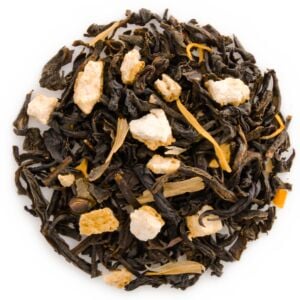
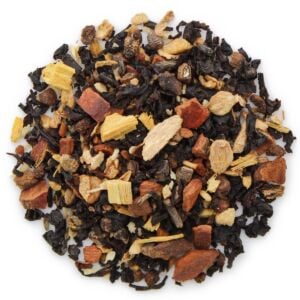
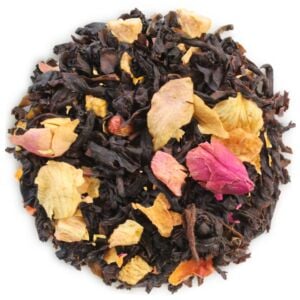

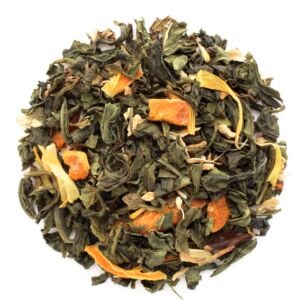
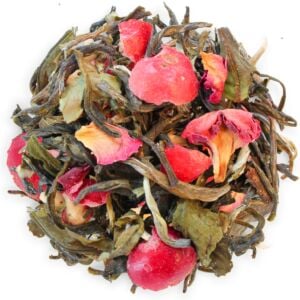
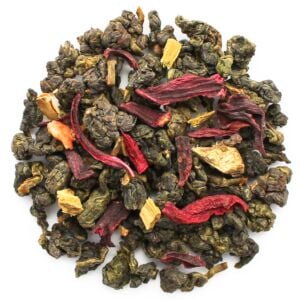
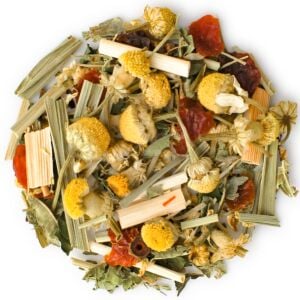
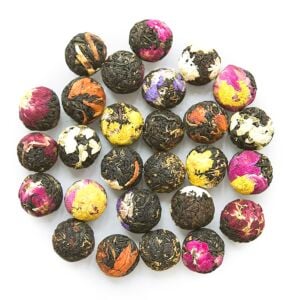


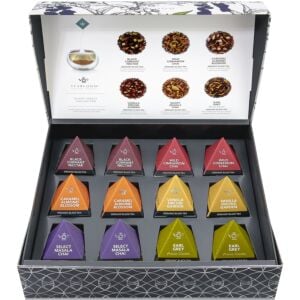
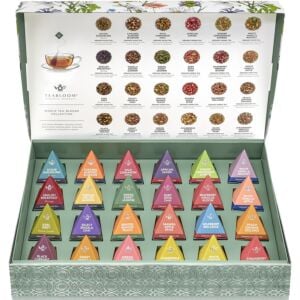



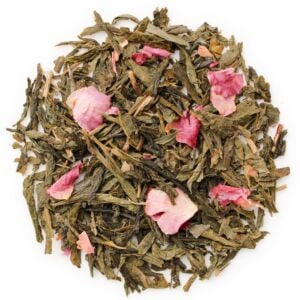

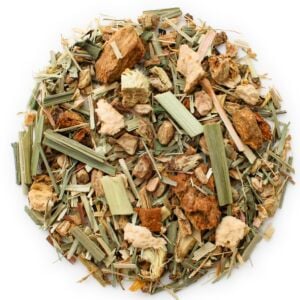

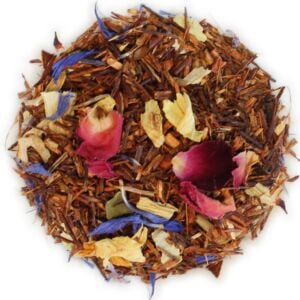
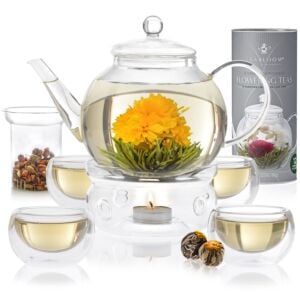
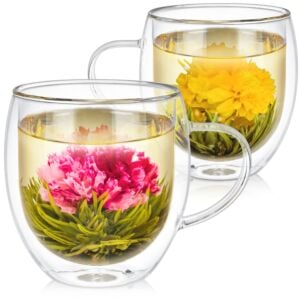
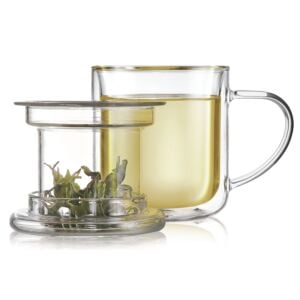
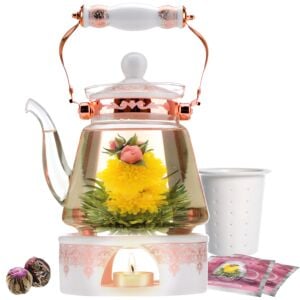
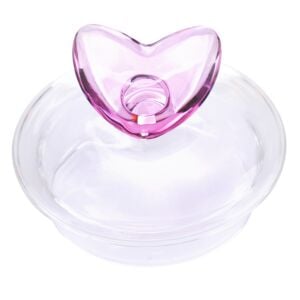
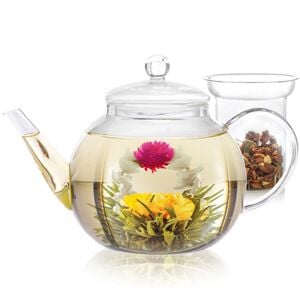


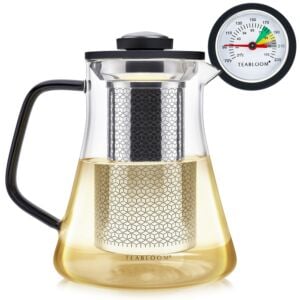
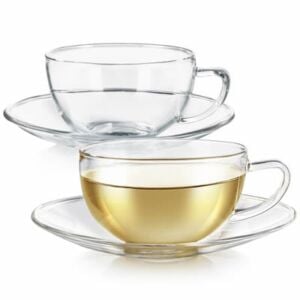
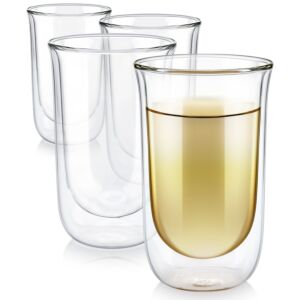
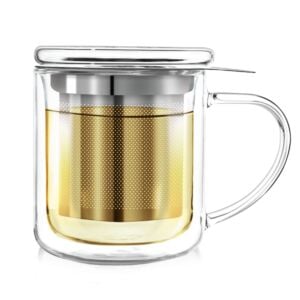
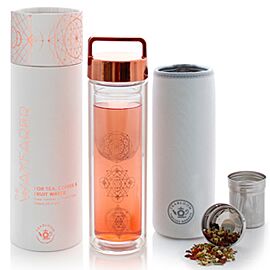

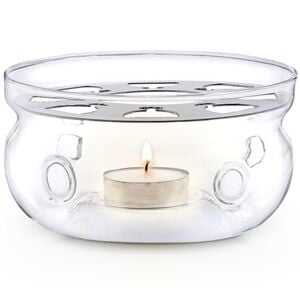
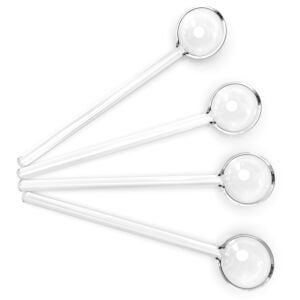
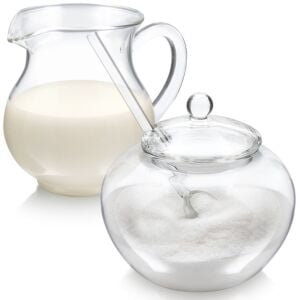
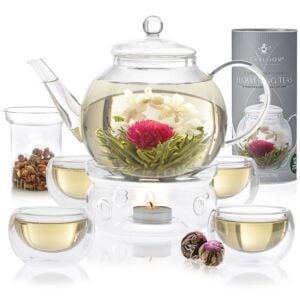
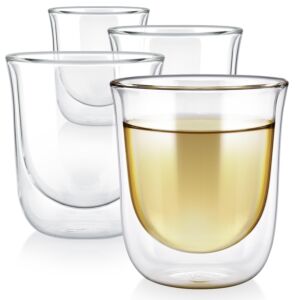


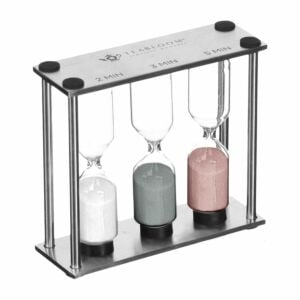
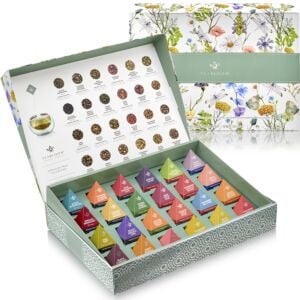

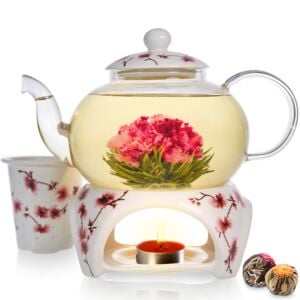
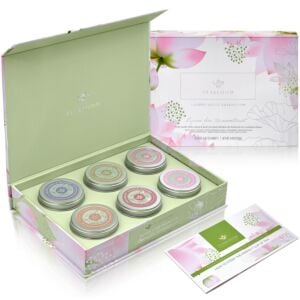

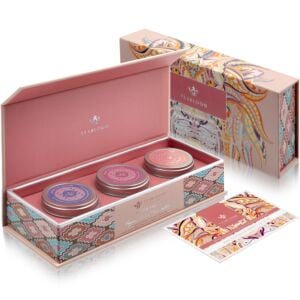



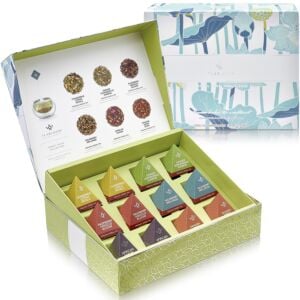
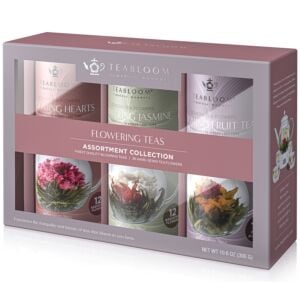


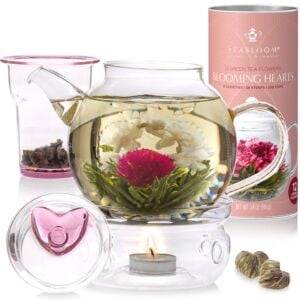




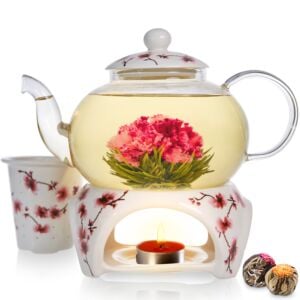
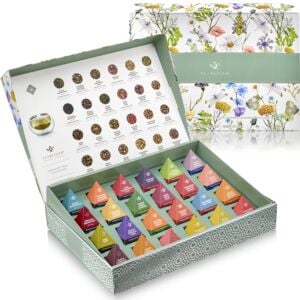
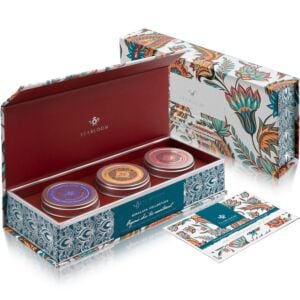
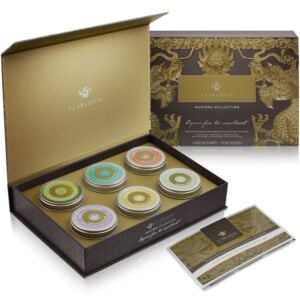


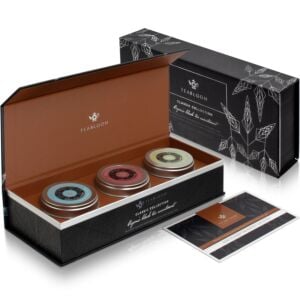



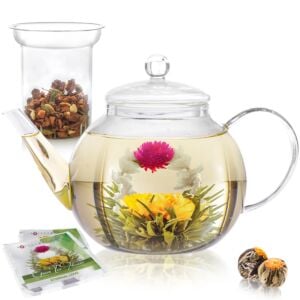
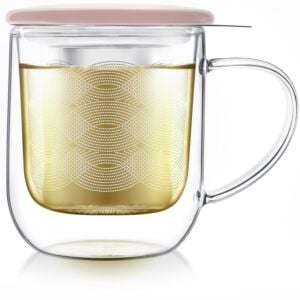

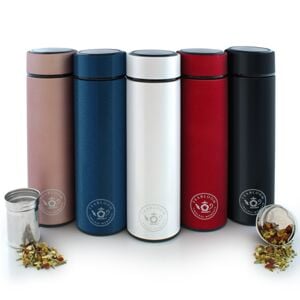
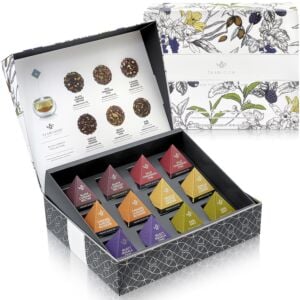


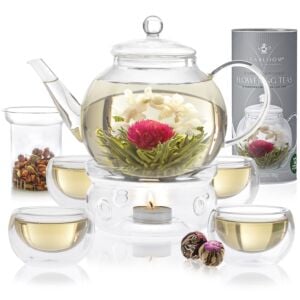
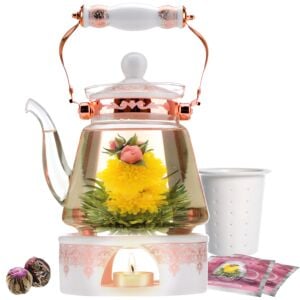
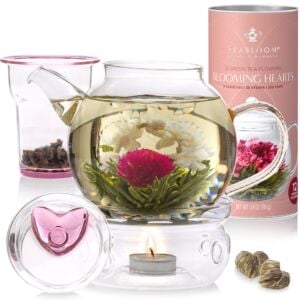


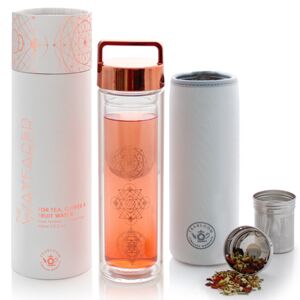

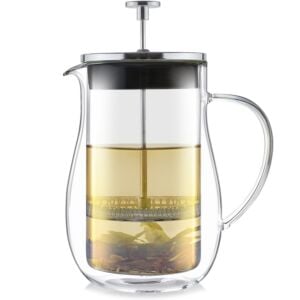


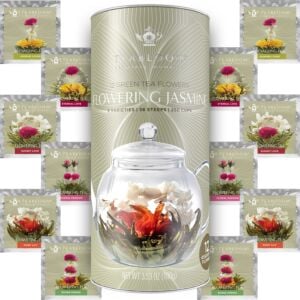


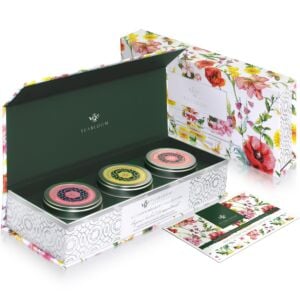



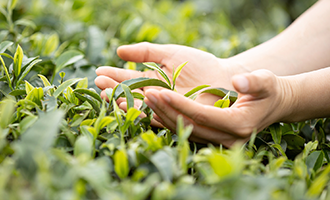
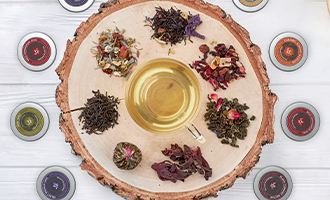

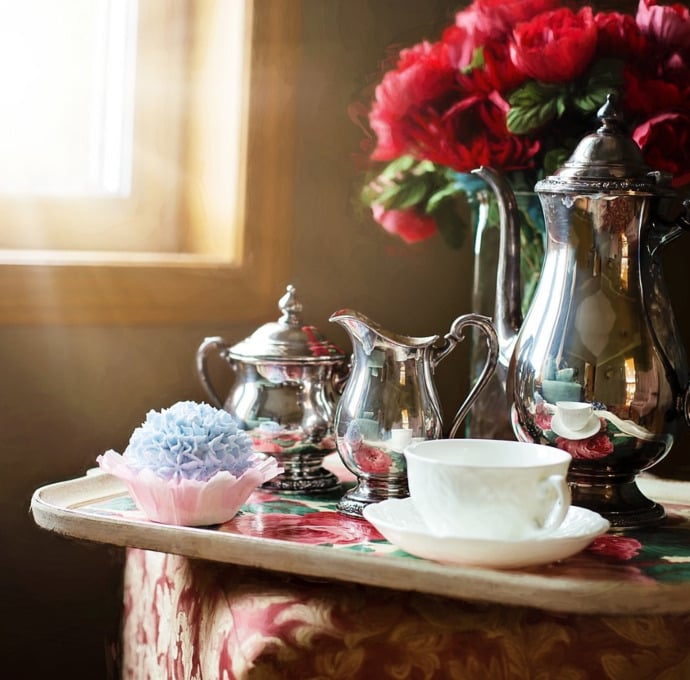
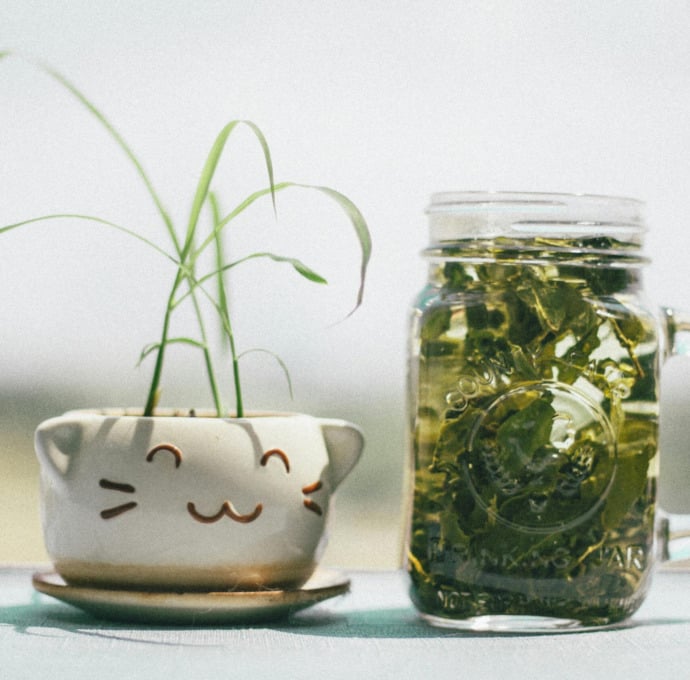
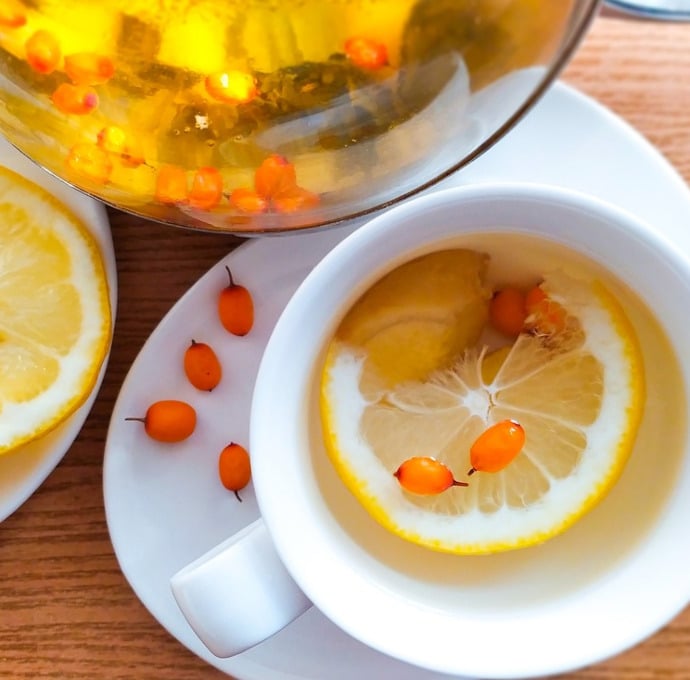
Share your thoughts